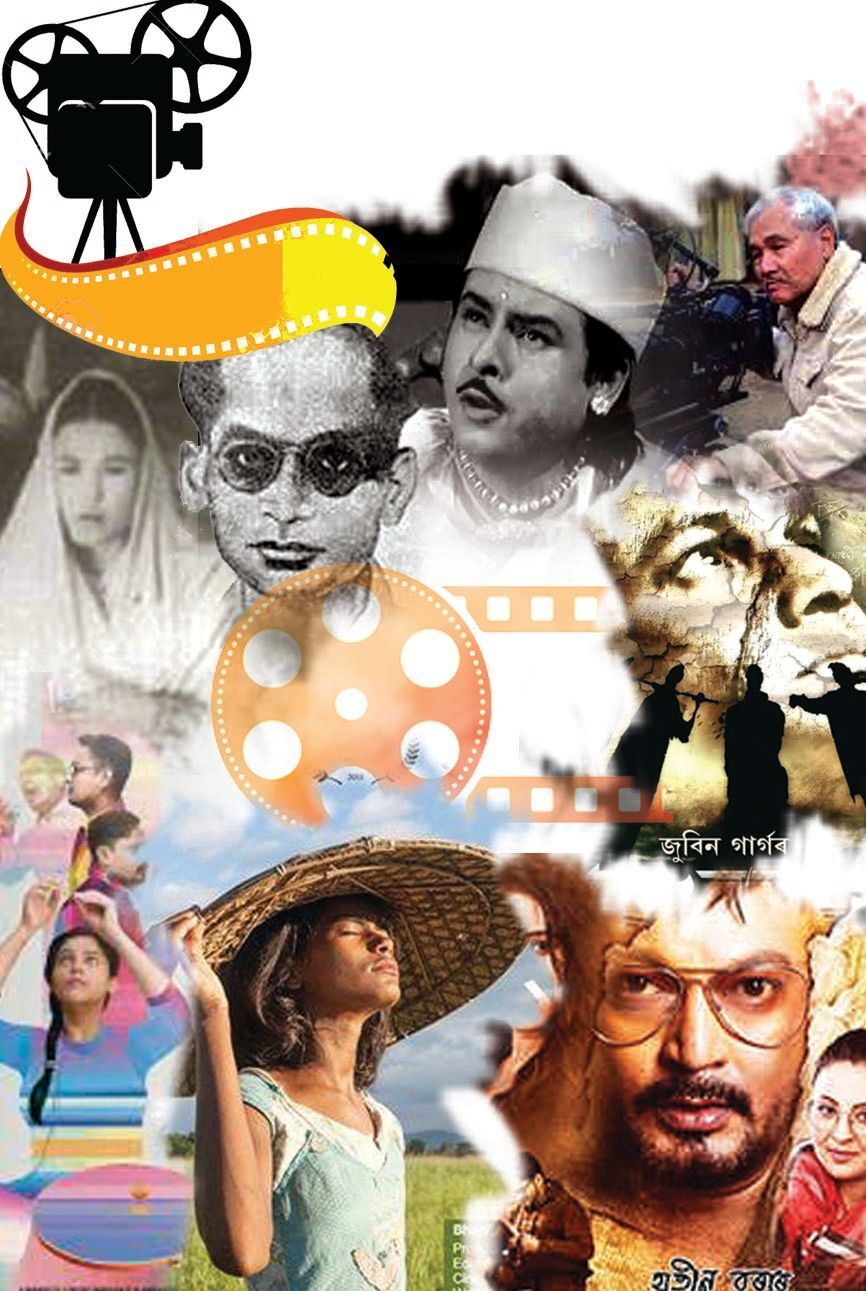
The Assamese film industry is on a fascinating quest of reviving its lost glory, and the next decade will be very crucial from this point of view, writes Prasenjit Dev.
Assam is famous for its lush green tea gardens and rich reserves of natural resources, but for the uninitiated, Assam is also home to Jollywood – the State’s very own film industry recognised for its sensitive story-telling and creative panache. Jollywood came into existence in 1935 with the release of Joymoti. Being a land of rich cultural heritage and majestic folklores, Assam is home to some of the most creative storytellers who have amazed us with their lucid art of story-telling. The State’s spell-binding fables are rooted deep in Assam’s socio-political issues. And cinema, being the mirror of a society, has ardently captured the wave of cultural change in the State and the mood of its ever-evolving society.
For several decades, Assamese cinema managed to retain its trusted audience and grab prestigious accolades, until it failed commercially at the hands of glamour-infused Bollywood movies. Some experts opined that Assamese cinema had lost its art of story-telling, while others believed that the shift towards Bollywood style of filmmaking was the reason behind its downfall. Whatever the reason may be, the future of Assamese cinema was doubtful until directors like Rima Das, Bhaskar Hazarika, Zubeen Garg, Jatin Bora, and Kenny Basumatary brought both commercial and critical acclaim through their movies.
Assamese cinema, which marked its entry with Jyoti Prasad Agarwala’s Joymoti, was once home to some of the best storytellers in India. The simplicity and lucidity which marked Assamese films inspired filmmakers elsewhere as well, and received a warm reception from both local and national cine buffs.
Though the 1930s were a remarkable period for Jollywood, the following decades were its most challenging as well as exciting. With the demise of Agarwala, the baton of Assamese cinema was passed onto some of the able filmmakers of this land. In the 1950s, Phani Sharma’s Piyoli Phukon went on to bag the National Award, and inspired a whole generation of filmmakers. Filmmaking in Assam became a regular affair where directors like Bhupen Hazarika, Nip Barua, Brojen Barua, Anwar Hussain, Samarendra Narayan Dev, Prabin Bora, Atul Bordoloi and many others successfully marked their place in the grand stage of both Indian and world cinema. Films like Puberun (1959), Shakuntala(1961), Aranya (1970), Gonga Silonir Pakhi (1976), Kollol(1978), etc., brought national acclaim for Assamese cinema. Just like the 1960s and ’70s, Assamese cinema was blessed to have notable directors like Jahnu Barua, Bhabendra Nath Saikia, Santwana Bordoloi, and Manju Borah in the 1980s and 1990s. With films like Aparoopa (1982), Agnisnaan (1985), Xagoroloi Bohu Door (1995), Adajya (1996), Assam made a deep impression with films which were sensible and devoid of unnecessary glamour and melodrama. Unlike the ’70s, ’80s, and ’90s, the early 2000s saw a new wave of cinema, which was far more glamorous. The director-actor duo of Munin Barua and Jatin Bora gave several hit movies like Hiya Diya Niya, Nayak, Kanyadaan, Barood, Ramdhenu, etc.
But, in the last decade or so, due to the advent of CDs and high-speed internet, Assamese cinema somewhere lost its way. Jollywood also suffered miserably at the hands of piracy and fund crisis. In the meantime, movie-lovers of Assam made a dramatic shift towards Bollywood and Hollywood movies. Cinema halls and multiplexes started presenting high-budget movies that the younger generation was more attracted to. So much so that some critics believed that the glorious film industry had lost its original sheen.
But, in the last couple of years, with movies like Village Rockstars, Kothanodi, Ratnakar, Kachenjunga, Mission China, Aamis, etc., Jollywood has started to charm us again with its unique style of filmmaking. These young lot of independent filmmakers are bringing in a ray of hope and we can look forward towards a timely revival of this historic industry. Their endeavour to bring out refreshing content for a new-found audience will be highly challenging and intriguing at the same time. In this fast-paced world of over-the-top (OTT) platforms, it will be interesting to see how Jollywood entertains its audience. It is surely going to be a fascinating journey, but for movie buffs like us, it will be a feast as savouring excellent local content with a unique voice is what cinephiles dream of.
